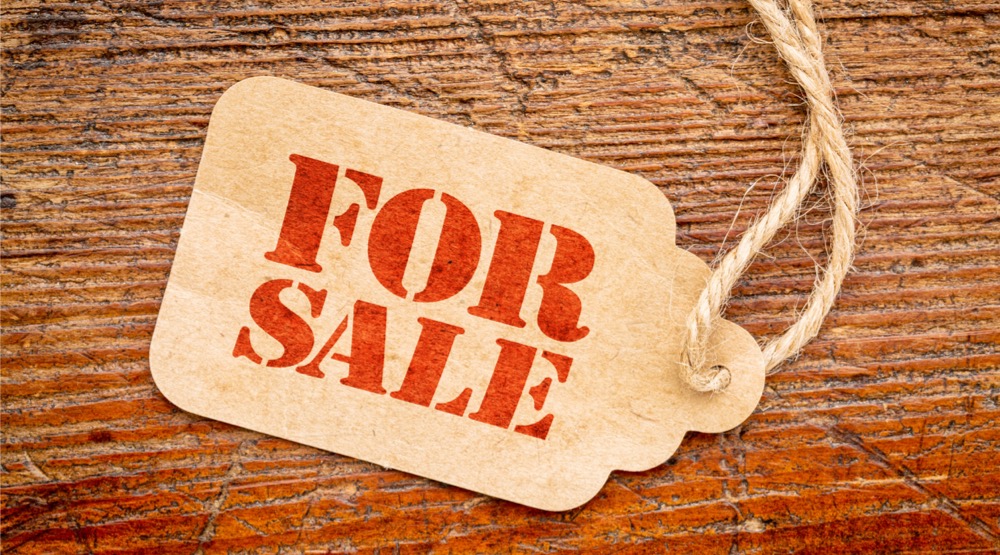Selling a salon for the maximum price to the right purchaser, on the right terms, can be a mammoth task, even for the initiated. Some aspects are simpler to identify, such as the value of machinery or real estate. Others, such as your good will and clientele, can be trickier.
If the time has come to sell your salon or clinic, you’ll need to give potential buyers a clear overview of the business’ financial performance, current assets and potential future performance. Here’s how to do just that.
Hard assets
The first – and easiest – step in listing your salon for sale is to list – and attach a value to – your hard assets. This is everything from beds to stock inventory, real estate, and licenses. Sort out which items, if any, are under warranty, and make a note of these on the list. Also be clear on any tangible items that will not be included in the sale.
Intangible assets
These can be trickier to define and place a value on. Intangible assets refer to such things as your client list. Key personnel, logos, and your business reputation. An extension of your reputation would be to include a ‘non-compete’ clause in the sake contract, assuring the buyer that you won’t establish a competition salon nearby. As any salon owner is well aware, many clients have their preferred therapist, and will likely follow her if she is to leave. Speaking with your staff to ascertain their interest in staying if the salon is sold allows you to use this as a bargaining chip with a potential buyer.
Know your numbers
It’s the boring (an intimidating) part, but also the most important. Pull out your calculator and get to the bottom of your bottom line. Work out the value of your hard assets and subtract your liabilities (think loans, debts and other payables). List your profits for the past five years and make note of any trends, such as busy periods or lulls. Tabulate your cashflow patterns, including how much you charge over a monthly period, and what you regularly spend (salaries, rent, products, etc).
Decide on a price
We all have a dream price for our business, but we also need to be realistic if we’re to attract any serious buyers. The price generally depends on recent profits and the proof you can show that these profits have a solid chance of to remain the same or grow. A buyer will multiply your profits to determine your salon’s value. So, let’s say your salon makes $200,000 in profit per year. A buyer may offer you three times that much if they believe they can make over $600,000 from the business. From a buyer’s perspective, if they believe they can make more than $200,000 per year, the opportunity is a good one.
To broker or not to broker?
That is the question. Sure, a broker takes their cut of the sale price, but they also have contacts and connections that you likely do not. Valuing businesses is their specialty, so you know you won’t be going into negotiations blind. If you’re confident going it alone, consider getting advice throughout the sale process by someone who has been there before you.
Have your answers ready
You will be asked why you’re selling the business. Suggesting it’s too stressful isn’t an ideal response. Rather, highlighting the fact that you have had a successful time with the salon and are now looking to take a different route, or to retire, or to return to study are all solid and respectable responses.
For more news and updates, subscribe to our weekly newsletter.

